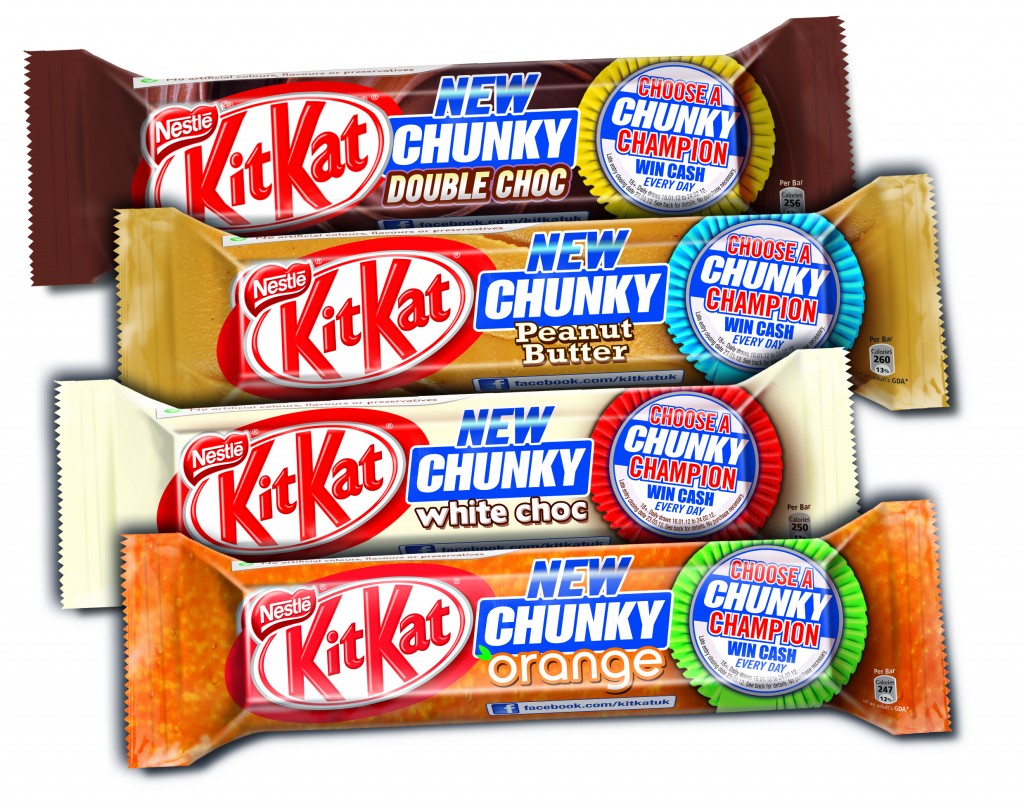In 2012, Nestlé launched a new marketing campaign for their
popular chocolate bar, KitKat, by producing four limited edition flavours and
asking consumers to vote on Facebook for their favourite flavour to become a
permanent flavour to be sold in shops.
My housemates and I particularly liked the peanut butter version. When our local supermarket ran out of the
peanut butter flavour and did not restock we began to think KitKat were no
longer producing more of their limited edition flavours. The next time we saw it being sold in another
shop, we immediately bought several bars to stock up for the day KitKat stopped
making peanut butter KitKats. We were
all definitely swayed into buying more because the bars were ‘limited’.
The commodity theory (Brock, 1968) explains our
behaviour. A ‘commodity’ is anything
which has usefulness to the possessor.
The more limited and less available a good is, the higher its perceived
value. Verhallen and Robben (1992) got
their participants to choose which recipe book they would prefer out of a
selection of three books. Information on
the availability of the books was given to participants; there were enough
copies for two, but for the third book, there were ‘just a few’ copies left. Participants were either told there were only
a few books left due to accidental circumstances (the publisher had sent a
smaller amount), popularity (the books had been used in a previous test and
that one was chosen the most), due to limited supply (the book had a very
limited, small edition so the publisher could only give a few copies), or due
to popularity and limited supply.
The results showed participants preferred the book which had
limited availability, especially when scarcity was due to popularity and
limited supply. As we liked the peanut
butter flavour KitKat so much, we would obviously assume it was the most popular
flavour. We knew there would be a
limited supply due to ‘Limited edition’ printed on the wrappers, thus, all
these techniques worked together to persuade us to buy the chocolate bar on a
more regular basis, and higher quantity before they sold out.
References
Brock, T. C. (1968). Implications of commodity theory for
value change.Psychological foundations of attitudes, 243-275.
Verhallen, T. M., & Robben, H. S. (1994). Scarcity and
preference: An experiment on unavailability and product evaluation. Journal
of Economic Psychology, 15(2), 315-331.


Very good application to KitKat.
ReplyDelete